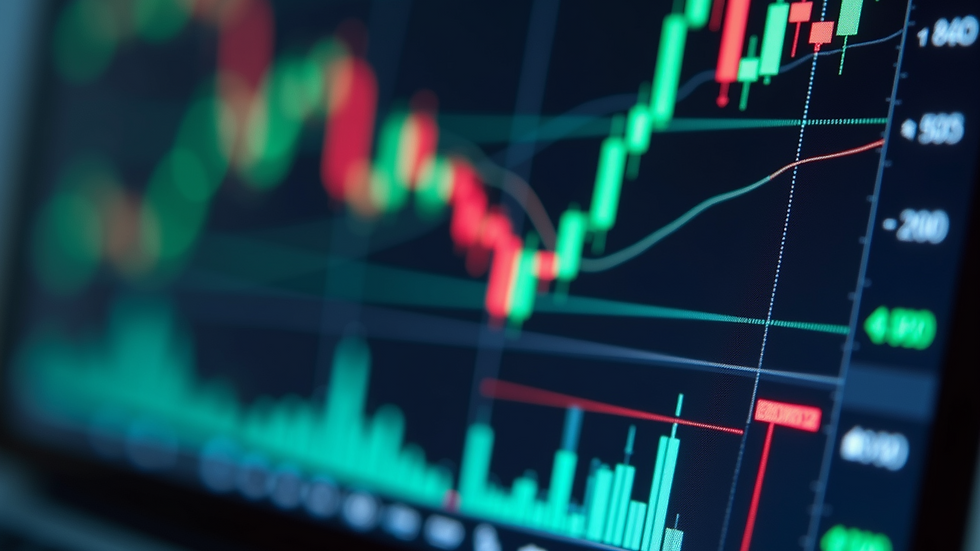Navigating the Turbulence in Gold and the Dollar Index
- forex368

- May 5, 2024
- 3 min read
Market Recap: A Tug-of-War Between Gold and the Dollar
The recent weeks have seen a fascinating interplay between gold prices and the U.S. Dollar Index (DXY), pivotal for traders eyeing opportunities in the commodities and forex markets.
The juxtaposed trends in the attached charts highlight a period of heightened volatility and strategic shifts among global investors, particularly driven by activities in China.
As observed, gold (XAU/USD) experienced a significant surge, reaching peaks around $2,400 per ounce, marking a notable high in its price trajectory.
This rise in gold prices has been largely influenced by increased demand from Chinese consumers and investors, who, amidst uncertainty in traditional investment avenues like real estate and stocks, have turned their focus towards the precious metal.

Conversely, the U.S. Dollar Index, which gauges the strength of the dollar against a basket of major currencies, has shown a declining trend from recent highs.
This decline reflects a complex interplay of higher interest rates, which traditionally would bolster the dollar, against the backdrop of sustained economic challenges and geopolitical tensions impacting investor sentiment towards riskier assets.
Analysis of Current Trends and Economic Factors
The sharp uptick in gold prices can be attributed to several factors:
Safe-Haven Demand: Gold has been buoyed by its status as a safe haven during geopolitical strife and economic instability. The ongoing conflict in Ukraine and tensions in Gaza have spurred investors to seek refuge in gold.
Chinese Market Dynamics: The significant role of Chinese buyers, both retail and institutional, has injected momentum into the gold market. The trend of purchasing "gold beans" and the strategic shift of China's central bank to bolster gold reserves while reducing U.S. debt holdings indicate a strong directional push for gold prices.
On the dollar front, the factors at play include:
Interest Rate Outlook: The Federal Reserve's indications of maintaining higher interest rates have paradoxically coincided with a weakening dollar in the short term, as market participants weigh other global economic uncertainties.
Global Currency Fluctuations: Despite a strong start to the year, the dollar has faced downward pressure as investors navigate through the continuously evolving economic landscape.
Forecast and Trading Opportunities
Looking ahead into next week, there are several key considerations for traders:
Gold Prices: The current pullback to around $2,300 per ounce presents a potential buying opportunity, especially if the market sentiment remains cautious amidst ongoing economic and geopolitical risks. The strong demand within China and the strategic accumulation of gold by its central bank could further support prices if these trends persist.
Dollar Movements: Traders should closely monitor the U.S. economic indicators and Federal Reserve's comments for signs of sustained strength or further weakening of the dollar. A weaker dollar could continue to act as a catalyst for higher gold prices.
Gold: Strategic Considerations for Traders
In conclusion, traders should remain vigilant and responsive to the interplay between gold prices and the dollar index.
The market is currently at a critical juncture, influenced heavily by external economic and geopolitical factors, particularly from China.
As always, maintaining a diversified strategy and keeping abreast of real-time global economic developments will be key to navigating these turbulent markets.
For more detailed and real-time trading signals, consider joining our Telegram channel where we delve deeper into market analysis and provide actionable insights tailored for day trading and longer-term strategies.
Disclaimer: The information provided in this post is for educational purposes only and is not intended as financial advice. Always consult with a professional financial advisor before making any investment decisions.




